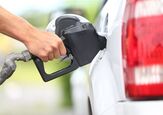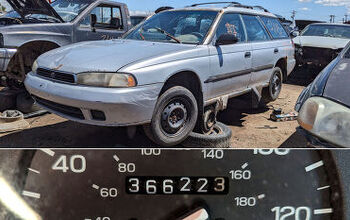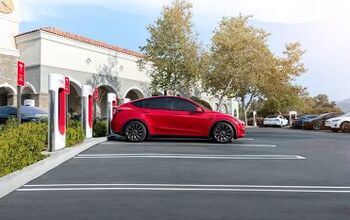Emissions Analytics Challenges EPA Over Fuel Economy Rating Methodology
As fuel economy figures from the Environmental Protection Agency have been put under the gun for being heavily inaccurate in a few cases, a third-party testing company is offering the public real-world mileage numbers for comparison.
Autoblog reports Emissions Analytics has partnered with Intellichoice and Motor Trend to present its findings — obtained through the company’s Real MPG methodology — to the public. EA’s testing involves piloting the subject vehicle through an 88-mile route through city, residential and highway areas, a task that takes approximately 140 minutes to complete. Each vehicle is equipped with 170 pounds of portable testing gear during the examination.
As of this writing, 100 2013 and 2014 vehicles have gone through EA’s Real MPG program, and while most fall in line with the EPA’s own results, a few vehicles — such as the Honda Fit and Accord LX — have produced variances of some 20 percent above or below the agency’s fuel economy ratings. In general, though, it appears the EPA is on the right path with its current methodology in relation to those found by EA.
Seattle-based writer, blogger, and photographer for many a publication. Born in Louisville. Raised in Kansas. Where I lay my head is home.
More by Cameron Aubernon


































Comments
Join the conversation
EPA testing is run on E0 summer blend. Most everybody in the real world is running on E10, and part of the time on winter blend. Between the ethanol and the increased butane (less btus/gal) in winter blend, the fuel alone can be a 10% hit.
I would think that putting a large instrumentation pack on the back of a car would mess up its aerodynamics and therefore the highway fuel economy results. Inaccurate measurement of aerodynamic drag is my complaint with the EPA highway number too. Only a minority of highways have a speed limit of 65 mph or slower and real Americans drive faster than the posted speed limit. http://en.wikipedia.org/wiki/Speed_limits_in_the_United_States It would be a more useful comparison to know fuel economy at a steady 75 mph than the current EPA highway fuel economy number.
Don't speed - then you can meet or exceed the EPA numbers for your car. "Keeping up with traffic" is not how it's done.
We have the same where a government agency, (maybe with tonight's budget soon to be culled)tests and generates fuel consumption figures. On the bottom of the sticker it reads, "for comparative purposes only." So I can compare a Mazda 6 with a Toyota Camry and see what the comparative fuel consumption figures are. Whether I achieve that is another matter, but when I put my dollars down it's because an impartial (I hope) agency says that x vehicle is more frugal than y vehicle, not industry based/financed/sourced figures. Keep the EPA figures. At least its the same test done the same way each time for each tested vehicle.